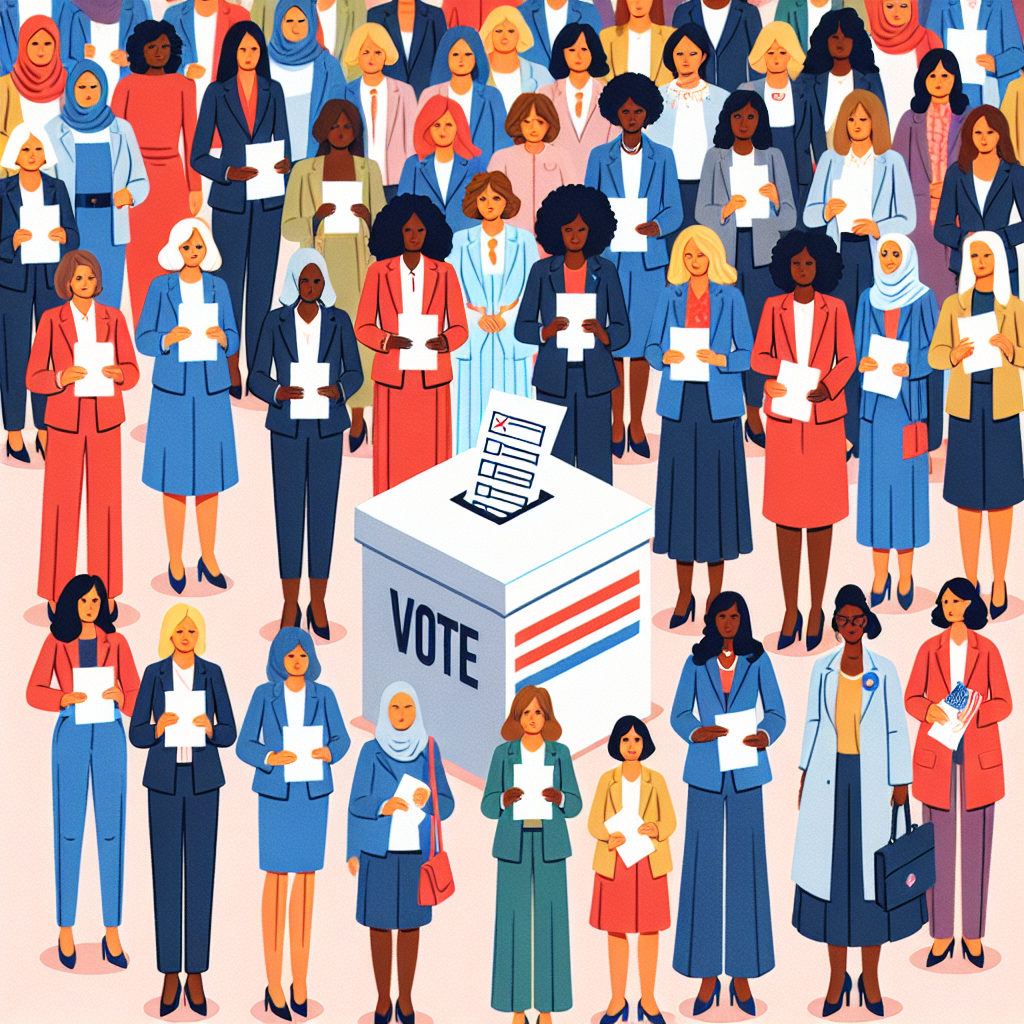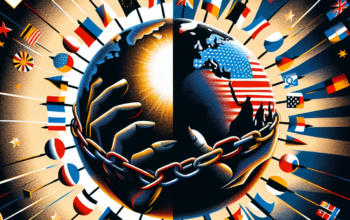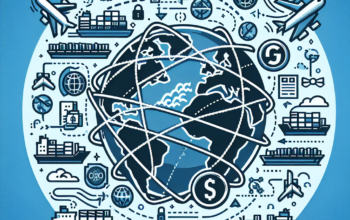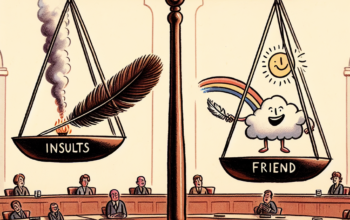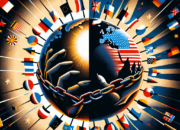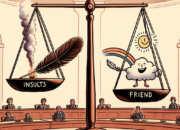The Role of Women in the Upcoming Midterm Elections
As the midterm elections approach in 2025, the role of women in shaping the political landscape is more critical than ever. Historically, women have been at the forefront of political activism, and the upcoming elections are no exception. With increased voter participation among women, a growing number of female candidates, and significant grassroots movements led by women, their influence is poised to reshape political dynamics across the country. Understanding the factors that contribute to women’s engagement in the electoral process is essential for grasping the importance of their role in these pivotal midterm elections.
The Impact of Women Voters in Midterm Elections
In recent years, women have emerged as a powerful voting bloc, significantly influencing election outcomes. According to studies, women’s voter turnout in previous elections has outpaced that of men, particularly among younger and minority women. In the crucial 2022 midterm elections, women voters played a key role in maintaining Democratic control in various battleground states, highlighting the importance of their participation. As we enter the 2025 midterms, issues that resonate with women, such as reproductive rights, healthcare access, and equal pay, will continue to drive their voting decisions.
Moreover, women are not only turning out to vote; they are also mobilizing others to participate in the electoral process. Grassroots organizations that focus on women’s issues have seen a surge in membership and activism, which has been instrumental in getting more women to the polls. Social media campaigns, community meetings, and partnerships with local organizations have empowered women to advocate not only for their rights but also for the rights of others. This collective engagement enhances voter turnout and ensures women’s perspectives and priorities are represented in electoral discourse.
Women Candidates in the 2025 Midterm Elections
The landscape of candidates for the 2025 midterm elections is markedly different from previous cycles, with a significant increase in the number of women running for office. Record-breaking nominations of women candidates across various political parties have been noted, reflecting a broader trend toward gender parity in American politics. Women are stepping into roles at all levels—from local government to Congress—bringing diverse experiences and perspectives that can address a variety of issues affecting their constituents.
Notably, women candidates have made inroads in traditionally male-dominated fields, including technology and defense, advocating for policies that address climate change, social justice, and healthcare reform. In states where seats are open due to retirements or political shifts, women are seizing the opportunity to present new ideas and approaches. The increase in female candidates not only diversifies the political landscape but also inspires younger women to consider careers in public service and politics, creating a new generation of women leaders.
The Influence of Women’s Advocacy Groups
Women’s advocacy groups have historically played a crucial role in mobilizing female voters and candidates, and their impact is expected to be even more significant in the 2025 midterm elections. Organizations such as She Should Run, Emily’s List, and the National Organization for Women (NOW) are instrumental in providing resources, training, and financial support for women candidates. These groups empower women to run for office by offering mentorship programs and connecting them to fellow prospective candidates and political leaders.
Moreover, advocacy groups are pivotal in increasing political engagement among women voters. By focusing on issues that women care about, such as reproductive rights, childcare, and gun control, these organizations mobilize voters through targeted campaigns and educational initiatives. The combination of on-the-ground activism and digital outreach strategies ensures that a diverse array of women’s voices is heard. Such efforts are essential for women candidates hoping to resonate with voters and build robust campaigns that can compete effectively.
The Intersection of Gender and Other Social Movements
The role of women in the upcoming midterm elections is uniquely influenced by the intersectionality of various social movements. Issues such as racial justice, LGBTQ+ rights, and economic inequality are integrally tied to women’s experiences, particularly for marginalized groups. As such, women activists are often at the forefront of these movements, advocating for policies that promote equity and justice. During the 2025 elections, women of color are expected to lead significant coalitions that highlight these intersecting issues.
Moreover, the rise of movements such as #MeToo and Black Lives Matter has raised awareness around the importance of addressing gender and racial disparities in political representation. Through these movements, women are increasingly demanding accountability from political leaders and seeking to influence policy changes that address systemic injustices. This activism not only galvanizes women voters but also encourages new candidates to run, particularly those who can connect the dots between their identities and the issues at stake in the political arena.
Future Prospects for Women in Politics
The future prospects for women in politics appear promising as we look beyond the 2025 midterm elections. With ongoing advocacy for gender equality and increased support for women candidates, many believe that we are on the verge of achieving a more balanced representation in policymaking. Young women have shown increased interest in political careers, influenced by trailblazing figures who have made their marks on the political landscape. This generational shift is likely to create a ripple effect, inspiring future leaders who will champion women’s rights and issues.
Furthermore, as society becomes increasingly aware of the importance of diverse voices in political dialogue, more initiatives aimed at promoting women’s participation in politics are expected to emerge. Educational institutions, mentorship programs, and corporate partnerships are already beginning to focus on developing leadership skills in young women. As these programs continue to grow, they will undoubtedly produce a new wave of informed and skilled candidates prepared to take on the challenges of political office.
Conclusion
The role of women in the upcoming 2025 midterm elections cannot be overstated. From their growing presence as voters to an unprecedented number of female candidates and the significant influence of advocacy groups, women are poised to play a transformative role in shaping the political landscape. The overlapping social movements amplify their voices and push for systemic changes that benefit everyone. As women increasingly engage in political processes, the focus on fundamental issues such as reproductive rights, economic equality, and social justice will likely dominate election conversations. With these elements at play, the impact of women’s participation in the upcoming midterms will shape the trajectory of American politics for years to come.
FAQs
1. What role did women play in previous midterm elections?
Women have historically influenced midterm elections by increasing voter turnout and advocating for issues such as healthcare, education, and social justice. Their organized efforts have led to significant shifts in political power dynamics.
2. How are women’s advocacy groups impacting the 2025 midterm elections?
Women’s advocacy groups are crucial for mobilizing voters, raising awareness on issues that affect women, and supporting female candidates through resources and training. Their empowerment initiatives directly impact the political landscape.
3. What challenges do women candidates face in elections?
Women candidates often face challenges such as gender bias, funding disparities, and balancing campaign demands with personal responsibilities. Addressing these barriers is essential for increasing their representation in political offices.
4. How does intersectionality influence women’s participation in elections?
Intersectionality recognizes that women’s experiences are affected by various factors including race, socioeconomic status, and sexual orientation. Understanding these intersections helps address the unique challenges faced by diverse women in politics.
5. What are the prospects for women’s representation in future elections?
The prospects for women’s representation are optimistic due to growing awareness, education, and support systems being established to encourage women to run for office and engage in political processes.
